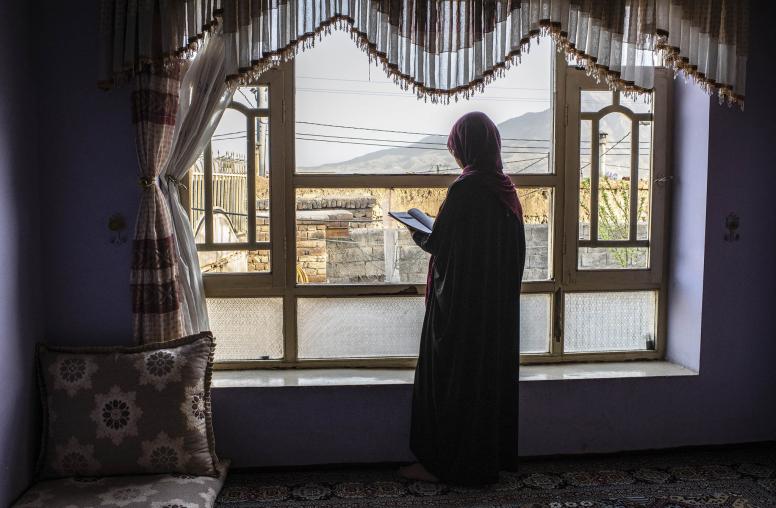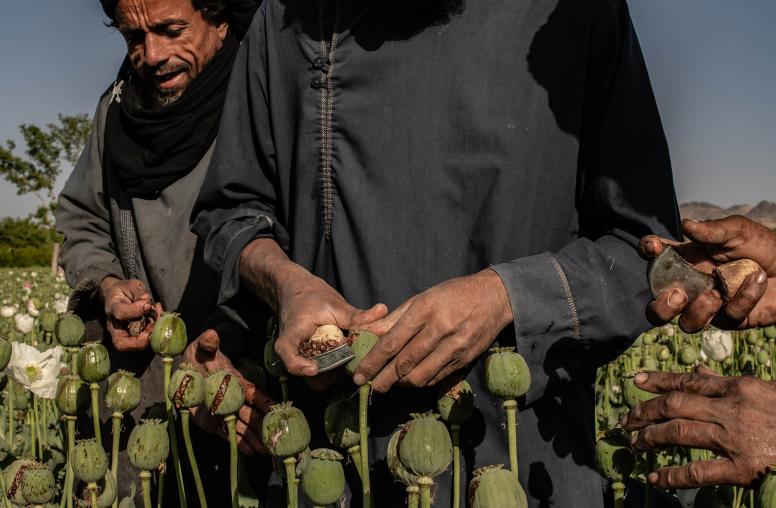Industrial-Scale Looting of Afghanistan’s Mineral Resources
Afghanistan has been plagued by large-scale, open looting of mineral resources, involving significant mining operations, bulk transport of minerals along main roads, and crossing the border at just a few, government-controlled points. This mineral looting, amounting to hundreds of millions of dollars per year, involves widespread corruption, entrenches warlords and their networks, and fuels both local conflicts and the wider insurgency in Afghanistan. The government needs to begin to get a better handle on resource exploitation and to collect more substantial royalties and taxes from ongoing mining activities.
Summary
- Afghanistan is well endowed with underground resources, but hundreds of millions of dollars’ worth of minerals are being extracted yearly, unaccompanied by payment of applicable royalties and taxes to the state.
- The bulk of this industrial-scale mineral looting—which has burgeoned over the past decade—has occurred not through surreptitious smuggling but openly, in significant mining operations, with visible transport of minerals on large trucks along major highways and across the Afghan border at a few government-controlled points.
- The prior political penetration of power holders and their networks in government, who became increasingly entrenched over time, explains this pattern of looting, which is engaged in with impunity owing to massive corruption of government agencies charged with overseeing the extractives sector, main highways, and borders.
- The current political and security climate favors continued and even further increased looting, which strengthens and further entrenches warlords, corrupts the government, partly funds the Taliban and reportedly ISIS, and fuels both local conflicts and the wider insurgency.
- Although the situation is dire and no answers are easy, near-term recommendations that could begin to make a dent in the problem include halting the issuance of new mining contracts, enforcing existing contracts to ensure taxes and royalties are paid, monitoring the transport of minerals on main roads and across borders, and imposing an emergency levy on mineral exports.
- The recent appointment of a new minister of mines is a good step forward, but a well-functioning, effective ministry management team will be key to success.
- Over the medium term, a political consensus is needed that part of the proceeds of mineral exploitation goes to the government budget and that ownership arrangements of mining companies are transparent. In addition, a system of monitoring flows of some Afghan minerals outside the country—as conflict minerals—should be considered.
About the Report
The large-scale, open looting of Afghanistan’s mineral resources has burgeoned over the past decade, adversely affecting the coffers and stability of the national government. Such looting strengthens and entrenches warlords, corrupts the government and undermines governance, partly funds the Taliban and reportedly ISIS as well, and fuels both local conflicts and the wider insurgency.
About the Authors
William A. Byrd, a senior expert at the United States Institute of Peace (USIP), has published widely on Afghanistan’s economy and related topics. Javed Noorani is an independent researcher and a board member of the Afghanistan Joint Monitoring and Evaluation Commission (MEC). He has conducted extensive fieldwork, interviews, and documentary research on Afghanistan’s extractives sector. The interviews referenced in this report were conducted by one of the authors in his capacity as an independent researcher. The views expressed are those of the authors and should not be attributed to the MEC or to USIP, which does not take policy positions.



